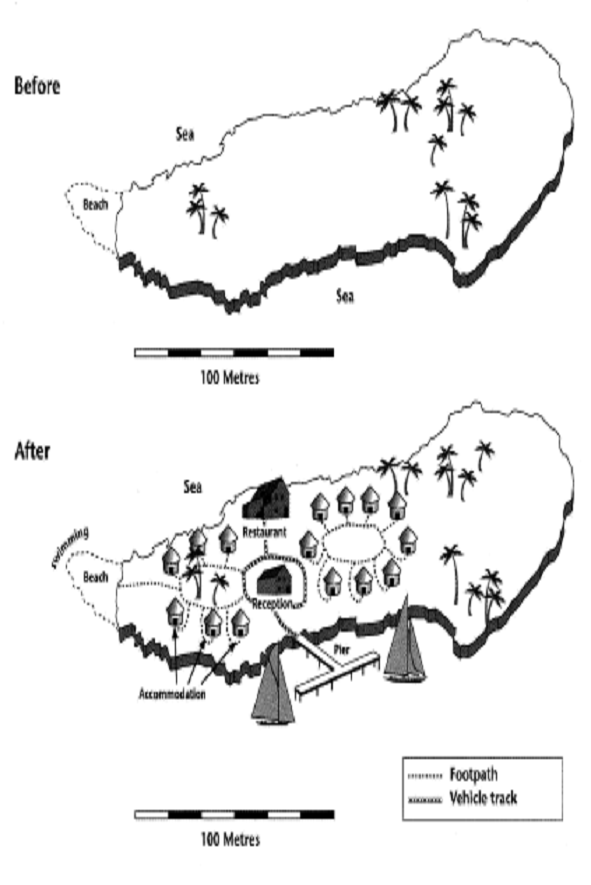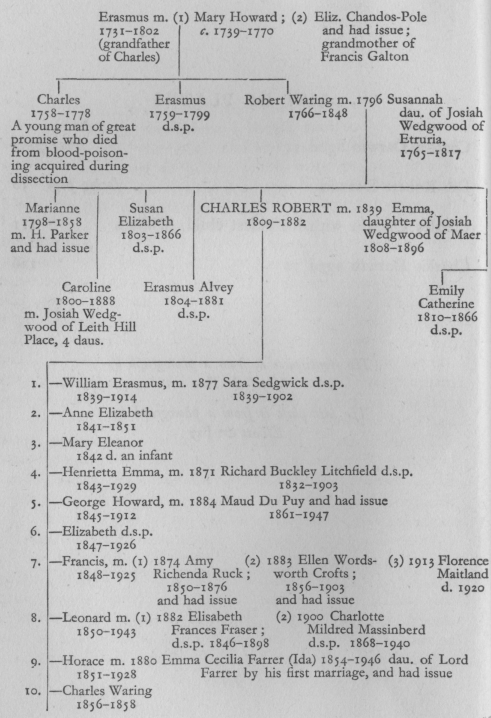Entomopathogenic microorganisms: modes of action and role.
Biology of nematodes Entomopathogenic nematodes occur naturally in the environment as parasites of many insect larvae. The mass release of these nematodes provides an efficient and curative control of key insect pests in a wide range of crops. Mode of action Once released, nematodes actively seek out their insect hosts.Nematodes emerging from a wax moth larva cadaver Entomopathogenic nematodes are a group of nematodes (thread worms), causing death to insects. The term entomopathogenic has a Greek origin, with entomon, meaning insect, and pathogenic, which means causing disease.Entomopathogenic nematodes (EPNs) have been utilized in classical, conservation, and augmentative biological control programs. The vast majority of applied research has focused on their potential as inundatively applied augmentative biological control agents.
Entomopathogenic nematodes (EPNs) are a guild of insect-parasitic nematodes that kill their hosts rapidly and utilize pathogenic bacteria to facilitate their parasitic lifestyle (1,2).EPNs have applied uses such as the biological control of pests (3,4), but they are also useful models for studying a wide variety of biology including bacterial-host symbiosis (5,6), and as potential models for.Entomopathogenic nematodes in the genera Heterorhabditis and Steinernema kill arthropods with the aid of their bacterial symbionts. These nematodes are potent microbial control agents that have been widely commercialized for control of economically important insect pests.
Galleria mellonella larvae are susceptible to entomopathogenic nematodes and are frequently used for in vivo production of these nematodes (Gaugler and Han 2002). Conversely, larvae that spend part of their life cycle in contact with the soil, as in the case of A. ipsilon, have defense mechanisms against these agents, which can affect the development and reproduction of EPNs in their interior.












